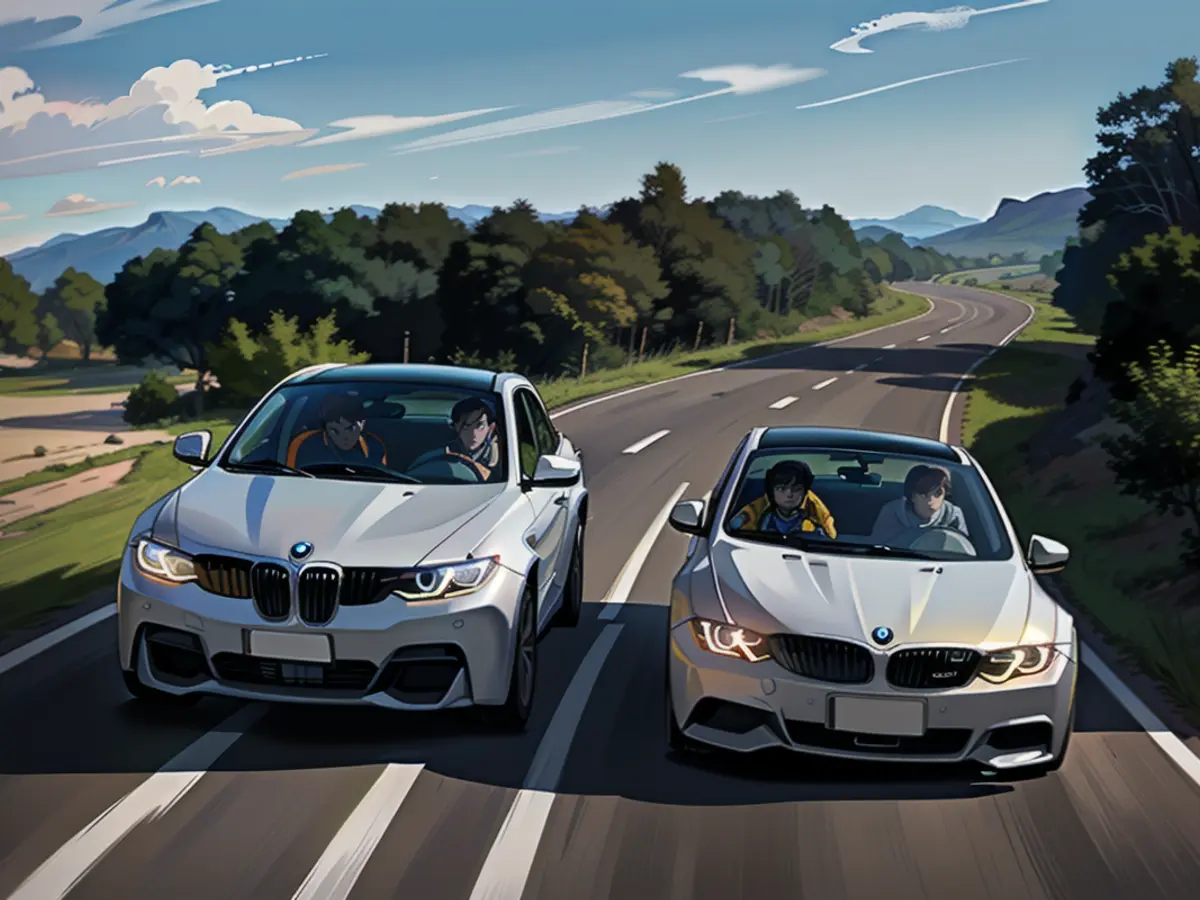The Latest BMW Model is a Familiar Design
Bavarian car giant BMW has been prepping for a revolutionary addition to its vehicle lineup: the New Class. While this isn't a completely new concept, it's one that could make a significant impact on the company's future, especially as it transitions to electric vehicles. So if you're hoping to see it at your local dealership, forget about it. It'll be in the museum, surrounded by the brand's classic cars, like the 507 and the 502.
For the New Class, BMW is working tirelessly on a groundbreaking architecture that promises increased efficiency, greater range, and faster charging speeds than ever. Their creative team is also churning out eye-catching study after study to pique your curiosity. But if you thought this was a new concept, you're mistaken.
The New Class was actually unveiled way back in 1961 at the International Motor Show in Frankfurt. Back then, BMW was on the brink of bankruptcy and about to get scooped up by Mercedes. This series represented their last ditch effort at coming out on top. "And it worked," says Frank Weber, who currently heads up development for the company. Remember the long lines and wait times for a test ride at the fair? That's how excited people were about the New Class.
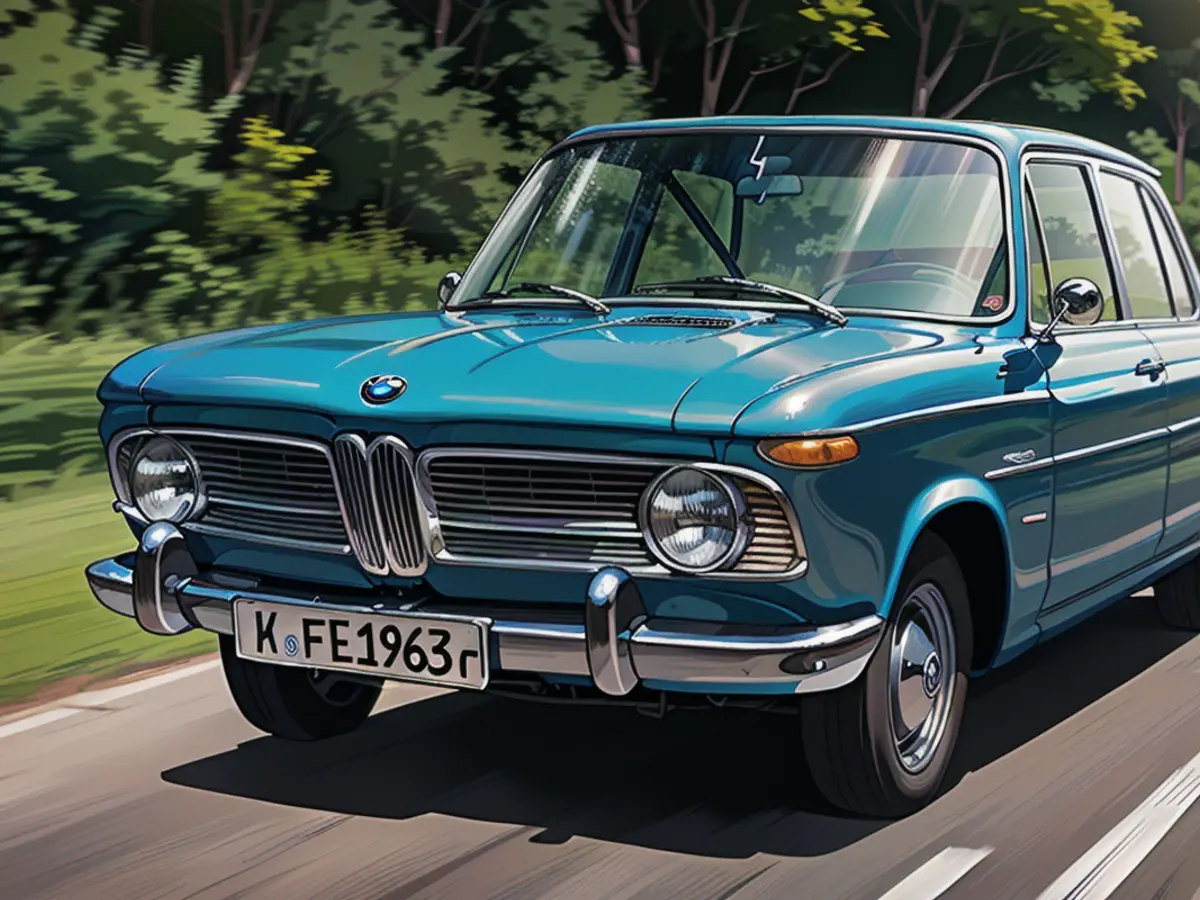
As observed by a prominent German magazine, "anyone seeking the New Class at the Bavarians will find it in vain at the car dealership. The New Class has been on display in the museum between classic cars such as the 507 and the 502 for years. Guayana blue, inviting you to take a drive in the spirit of yesterday—if you're feeling nostalgic, why not give it a try?"
Yesterday's New Class compared to today's
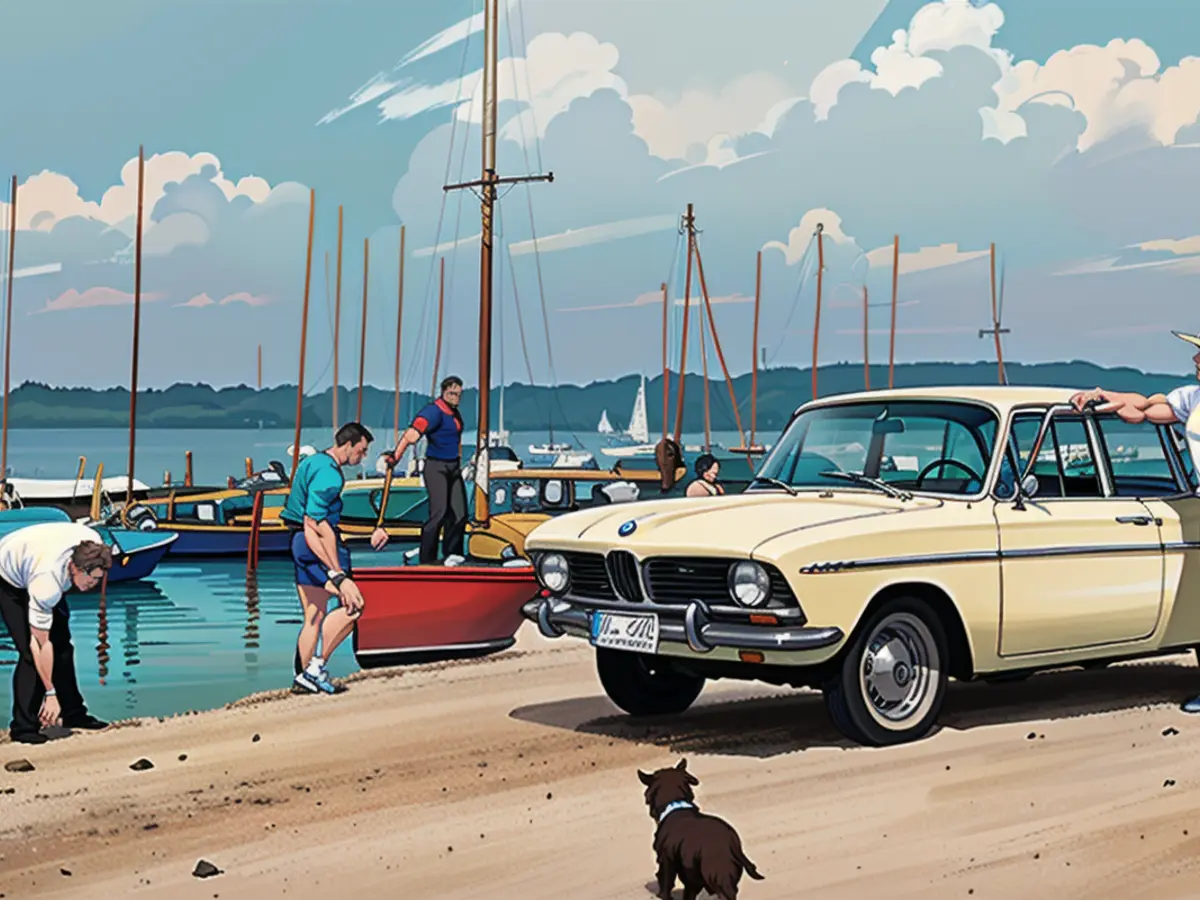
In the '60s, BMW's vehicles weren't anything to write home about. They were known for cars like the 'Baroque Angel' that were more grandiose than sporty. The New Class, on the other hand, was a stark contrast. It was light, sleek, sexy—basically the opposite of everything BMW had been up to that point.
The first car sporting the iconic "Hofmeister kink" in the C-pillar—now back in vogue—made its debut with the New Class. Wilhelm Hofmeister, head of design at the time, is credited with this design feature, which you'll see in the upcoming New Class models as well. It's not just the design, though. There's a bit of historic inspiration everywhere, from the rear window to the cockpit.
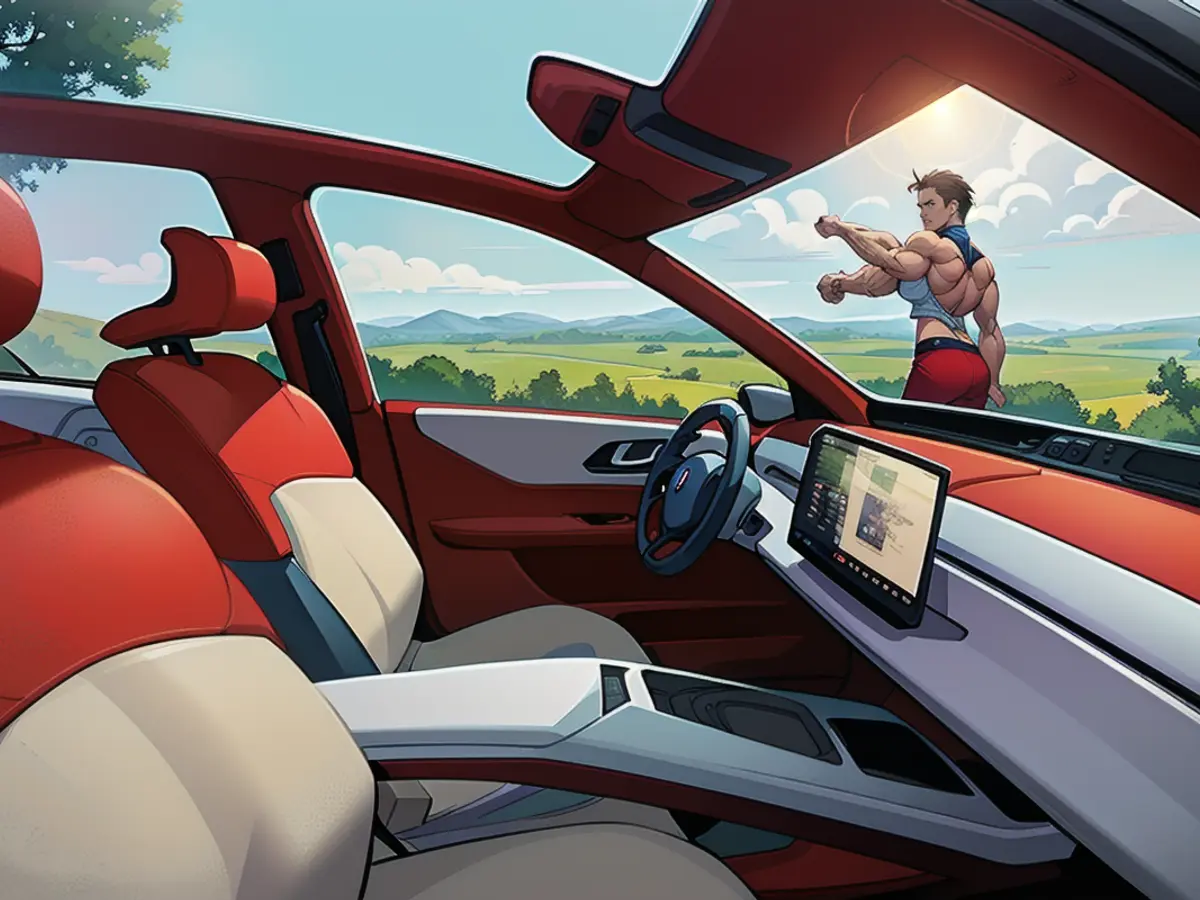
With the New Class, they redefined what a car could be. But they've also taken a page out of its book. The original New Class came with a cramped interior and simple, analog displays—not a lot of bells and whistles. Today, BMW is embracing minimalism by downsizing digital displays and offering a Panoramic Vision system that projects onto the entire width of the windscreen.
Taking a trip down memory lane, you'll find that back then, the New Class was powered by a lively 1.5-liter four-cylinder engine. It may seem puny by today's standards with its 55 kw (75 hp), delivering a respectable top speed of 150 km/h. But it wasn't just the impressive power that caught people's attention. People loved the car's chassis, which was specifically designed for optimal performance, handling sharp corners and different load ratios.

Today's New Class might be electric, but its spiritual predecessor has left a lasting impression. The steering is sharp, the handling precise, and the experience is undeniably fun. After all, it was one of the first cars to bring the joy of driving back to Germany from Italy and England at a time when the market was saturated with lackluster cars.
The enthusiasm for the vehicle was well-received by consumers: boosted by the economic boom that affected the middle class at the start of the 1960s, which saw average incomes increase by 10% annually and surpass one million registrations for the first time.
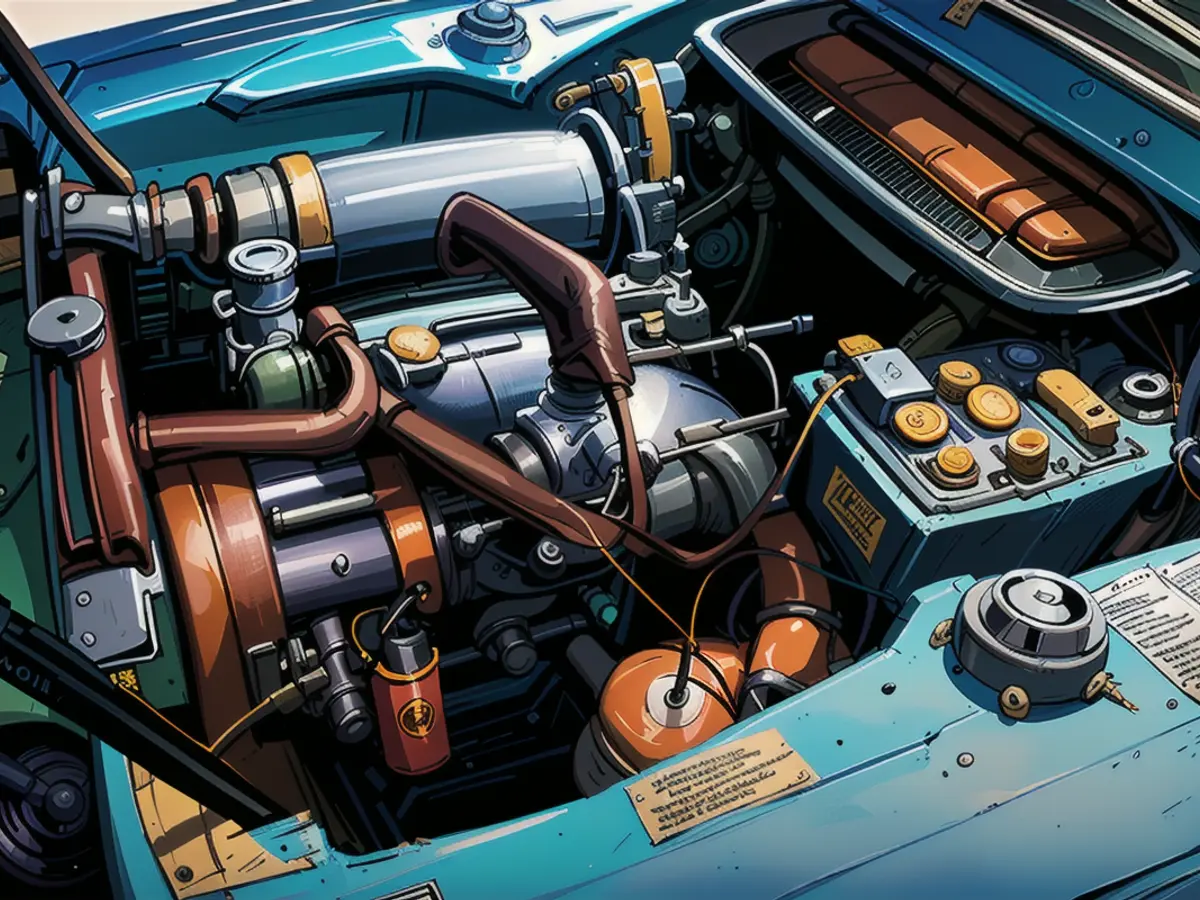
In this vibrant atmosphere, the New Class became a top seller. Prior to its market launch, BMW had already accumulated 25,000 pre-orders, although the Bavarians fell short of their intended price of 8,500 Deutschmarks and set the starting price at 9,485 Deutschmarks instead.
After a decade and a half, with six stages of evolution, the model series made its way to the museum in 1972, culminating in the stunning 2000 tii, with 96 kW/130 hp, in the historic year of the Olympics. The BMW department in Munich reported that 350,729 cars had been produced.
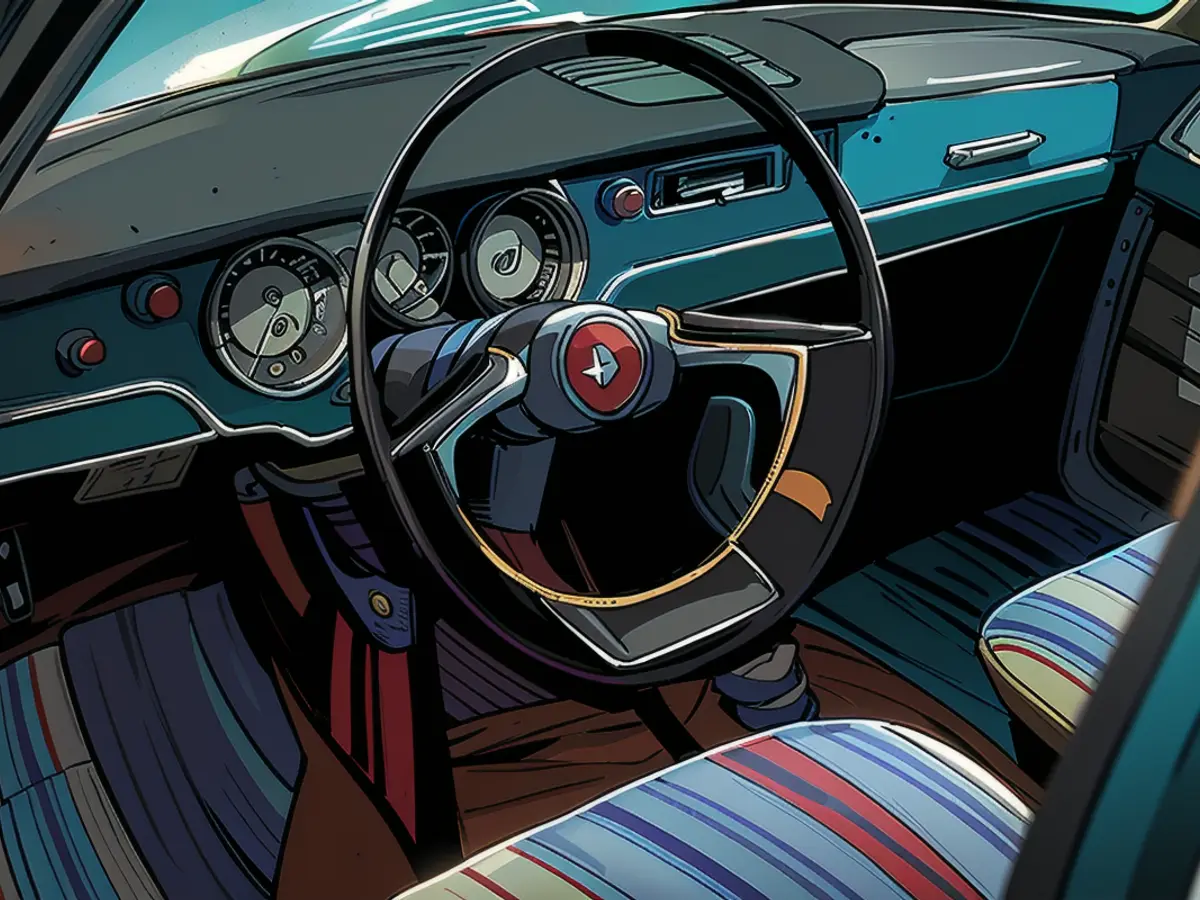
Starting from around 10,000 euros, you can currently enjoy the old driving pleasure
This year, the long-awaited "new" New Class is being unveiled, and it's expected to hit the market in the upcoming year. However, if you can't wait or desire an alternative to relish the old driving experience, you can explore the classified ads in the automotive magazines or browse the online platforms.
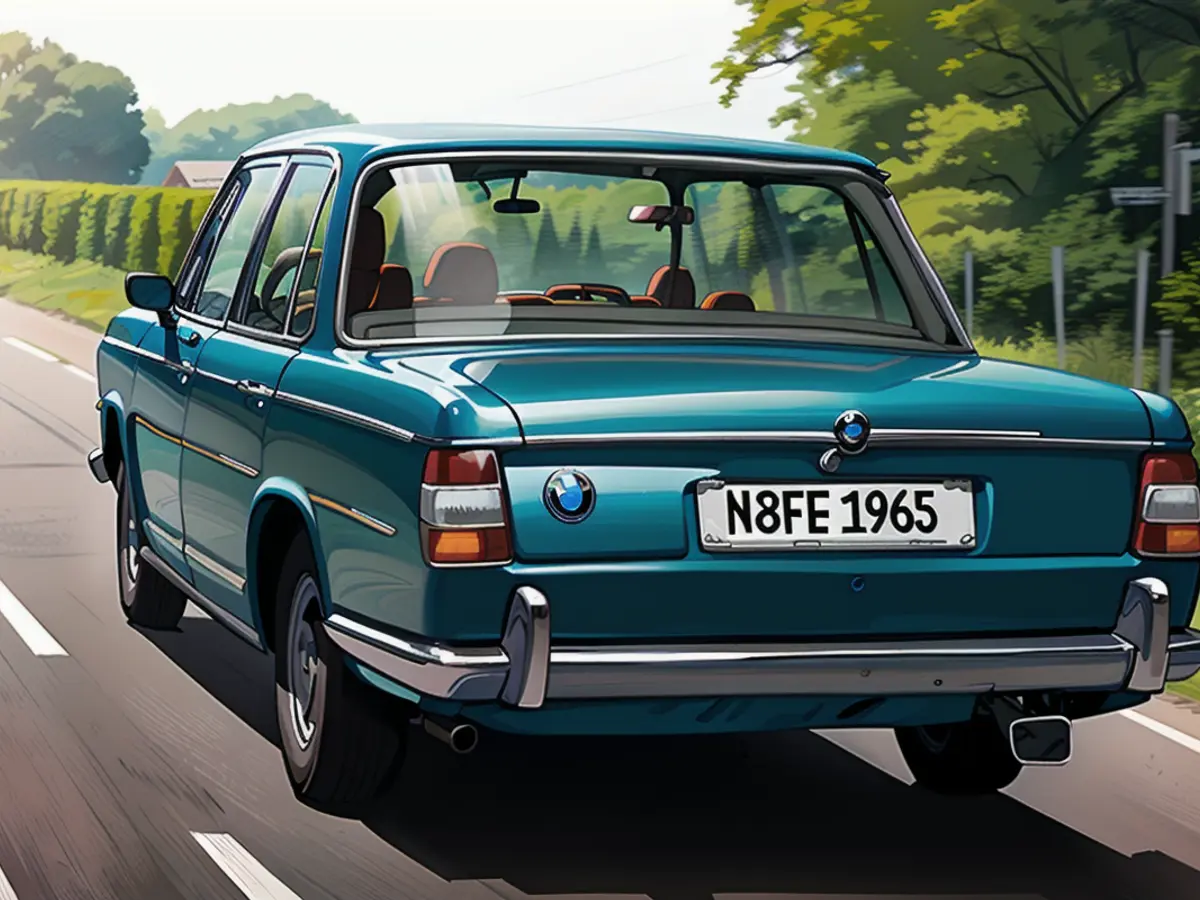
The market analyst Bewerta from Krefeld values the series between 10,000 and 35,000 euros, based on condition, and suggests an average value of about 25,000 euros for a car in reasonable condition.
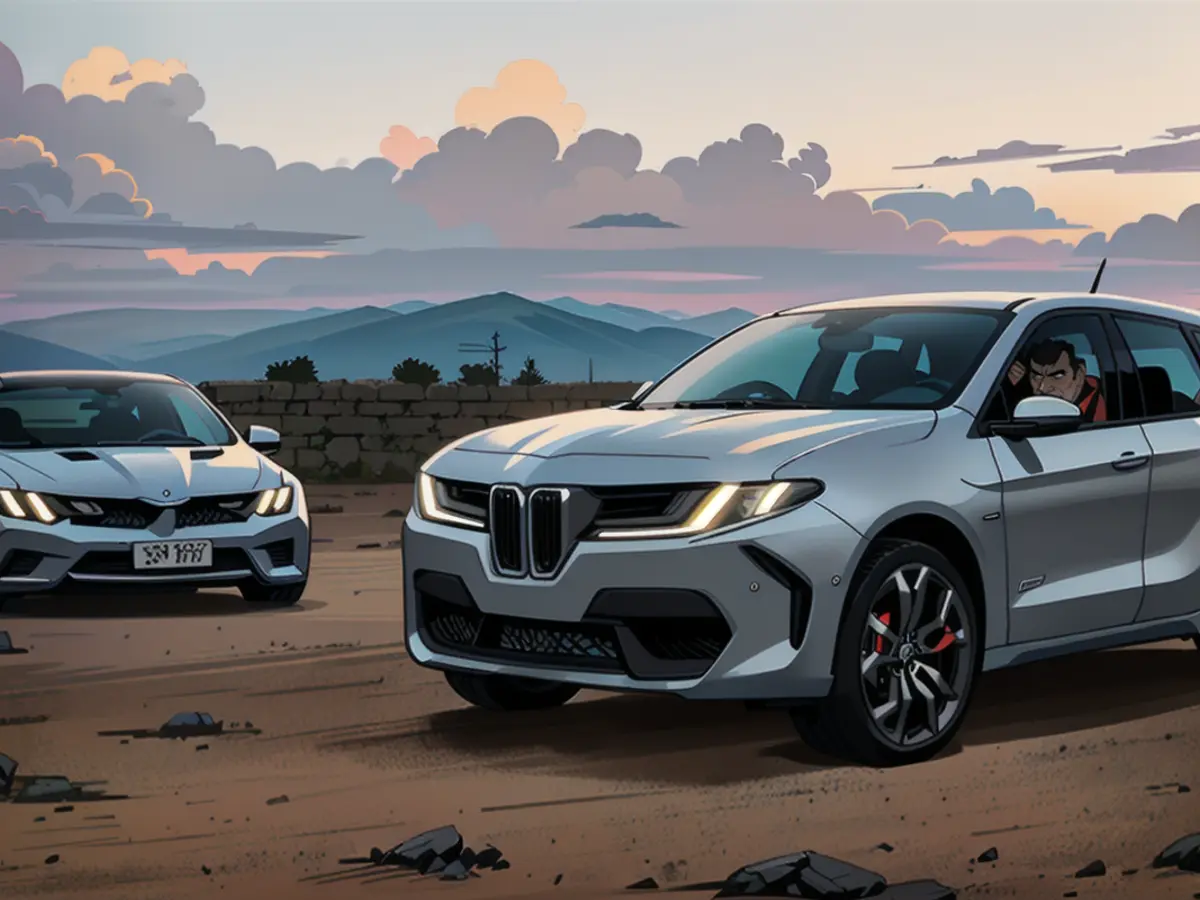
Read also:
The vintage BMW New Class, introduced in 1961 at the International Motor Show in Frankfurt, is now a museum piece, displayed alongside other classic BMW models like the 507 and the 502.
Despite being over 60 years old, the Vintage BMW New Class, specifically the 1500 model, still offers an engaging driving experience, with sharp steering and precise handling.
Source: www.ntv.de
